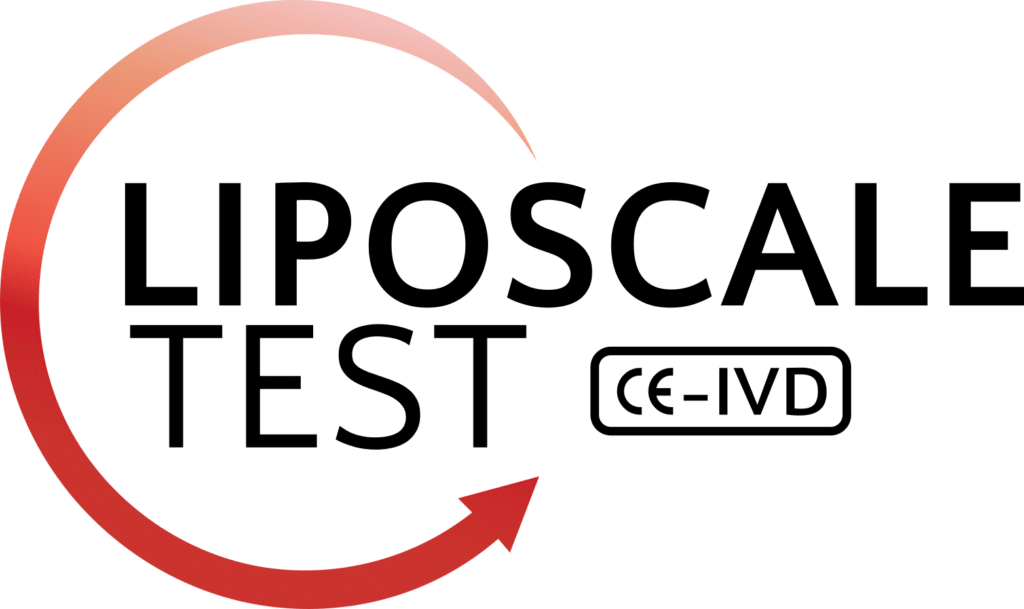Abstract
Background: The potential joint influence of metabolites on bone fragility has been rarely evaluated. We assessed the association of plasma metabolic patterns with bone fragility endpoints (primarily, incident osteoporosis-related bone fractures, and, secondarily, bone mineral density BMD) in the Hortega Study participants. Redox balance plays a key role in bone metabolism. We also assessed differential associations in participant subgroups by redox-related metal exposure levels and candidate genetic variants.
Material and methods: In 467 participants older than 50 years from the Hortega Study, a representative sample from a region in Spain, we estimated metabolic principal components (mPC) for 54 plasma metabolites from NMR-spectrometry. Metals biomarkers were measured in plasma by AAS and in urine by HPLC-ICPMS. Redox-related SNPs (N = 341) were measured by oligo-ligation assay.
Results: The prospective association with incident bone fractures was inverse for mPC1 (non-essential and essential amino acids, including branched-chain, and bacterial co-metabolites, including isobutyrate, trimethylamines and phenylpropionate, versus fatty acids and VLDL) and mPC4 (HDL), but positive for mPC2 (essential amino acids, including aromatic, and bacterial co-metabolites, including isopropanol and methanol). Findings from BMD models were consistent. Participants with decreased selenium and increased antimony, arsenic and, suggestively, cadmium exposures showed higher mPC2-associated bone fractures risk. Genetic variants annotated to 19 genes, with the strongest evidence for NCF4, NOX4 and XDH, showed differential metabolic-related bone fractures risk.
Conclusions: Metabolic patterns reflecting amino acids, microbiota co-metabolism and lipid metabolism were associated with bone fragility endpoints. Carriers of redox-related variants may benefit from metabolic interventions to prevent the consequences of bone fragility depending on their antimony, arsenic, selenium, and, possibly, cadmium, exposure levels.


